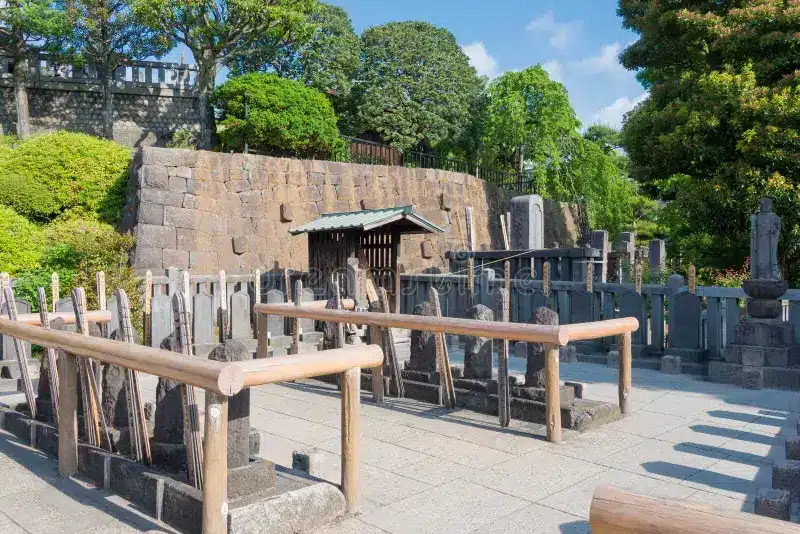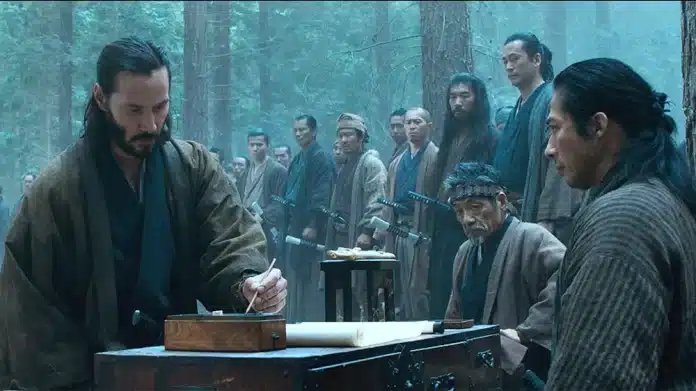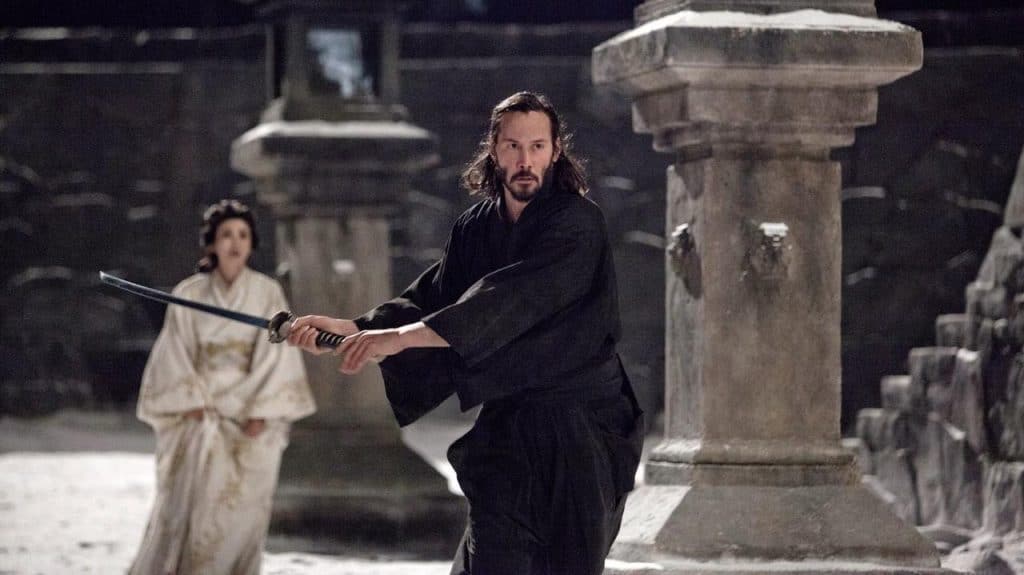True Story behind the “47 Ronin” Movie – Carl Rinsch made his directorial debut with “47 Ronin,” an American fantasy action film set in 18th-century Japan and featuring masterless samurai that served daimyo Asano Naganori until their deaths at Kira Yoshinaka’s hands – this storyline being developed by Chris Morgan and Hossein Amini.
In contrast with prior adaptations of “47 Ronin”, this adaptation takes an interesting approach by including elements of witches and giants into its narrative. Starring Keanu Reeves, Hiroyuki Sanada, Tadanobu Asano, Rinko Kikuchi, and Ko Shibasaki, the film promises plenty of entertainment value.
“47 Ronin” was produced by H2F Entertainment, Mid Atlantic Films, Moving Picture Company, Stuber Productions and Relativity Media and released worldwide on December 6, 2013 in Japan; later being made available for release in both 3D and 2D formats in the United States on December 25, 2013. Unfortunately, the film proved one of the biggest box office failures ever: with a budget between $175-225 million but only earning $151 million, leaving Universal in an uncomfortable financial position for 2013. Variety magazine even labeled it one of “Hollywood’s biggest box office bombs.”
True Story Behind the “47 Ronin” Film
“47 Ronin” draws its inspiration from the true story of “Forty-seven rōnin“, who sought revenge against Lord Asano for his death in January 1703. However, the movie takes artistic license and departs significantly from historical accuracy when depicting them.
The legend of the “47 Ronin” from Japanese history, also known as the Ako Incident or Vendetta, has been told multiple times through books, plays and films retold the events leading up to and including its release as the movie 47 Ronin (2013) – its fictionalized adaptation which incorporates elements of fantasy and mythology – can be found below. I will provide more insight into the true narrative that inspired this work of fiction.
The event occurred during Japan’s Edo period during the early 18th century. It involved 47 Ronin warriors known as Ronin. Ronin refers to samurai who were left without master due to the death or downfall of their lord and were expected to commit ritual suicide by seppuku; however, in this instance, they decided instead for another course.
Lord Asano Naganori was a daimyo (feudal lord) from Ako who was assigned the responsibility of entertaining imperial court envoys visiting Edo (present-day Tokyo). He received court etiquette instructions from Lord Kira Yoshinaka, another daimyo, to meet protocol.
However, Lord Kira was notorious for his arrogant and disrespectful treatment of subordinates like Lord Asano. Kira would often treat Asano condescendingly during lessons at Edo Castle, causing Asano great anger; one day, during an official reception, Kira publicly insulted Asano, who then attempted to defend himself with violence against Kira; Asano pulled his sword and attempted to strike out at Kira but failed – an act which violated Castle grounds rules prohibiting violence – immediately being arrested as well.
Asano was then ordered to commit seppuku to appease his anger over Kira drawing his sword within the castle walls. He left his retainers without their master, subject to their will as Ronin. Oishi Kuranosuke Yoshio, chief councilor of the Ako domain, took the initiative in planning revenge against Kira.
Instead, Oishi and his fellow Ronin spent two years meticulously planning their revenge. Spread out across various locations as commoners or merchants to avoid suspicion, and this period allowed them to gather intelligence, secure allies, and ensure the success of their mission.
On a snowy night in December 1702, under Oishi’s command, 47 Ronin launched an attack against Kira’s residence in Edo to not only kill Kira but also show their loyalty to their late lord Asano and restore their honor. Their raid was swift and meticulously carried out – they overwhelmed Kira’s guards and beheaded him quickly before placing it at Asano’s grave site at Sengakuji Temple.
After the assassination, the Ronin surrendered peacefully to authorities despite knowing they had committed an illegal act. This caused some difficulty for Japan’s shogunate-governed regime since, on the one hand, their actions represented loyalty and honor valued by their samurai class. On the other hand, they violated the law by taking matters into their own hands.

After much deliberation, the Shogunate ordered all Ronin to commit seppuku in the act of loyalty and revenge while paying their ultimate dues for breaking laws. Although accepting their fate with dignity and dying honorably was still required of them.
The tale of the 47 Ronin has become deeply embedded into Japanese folklore and popular culture, serving as a timeless reminder of loyalty, honor and the samurai spirit. Retold many times through various media forms–kabuki plays, novels and films all contribute their own interpretations and embellishments of this timeless legend. Movie adaptations often incorporate fantasy or supernatural elements while maintaining their core themes of loyalty and honor. One such adaptation includes “47 Ronin”, which adds magical and supernatural elements while keeping its core message alive: loyalty and honor!
Also Read: Is “Flamin’ Hot” Based on a True Story?















